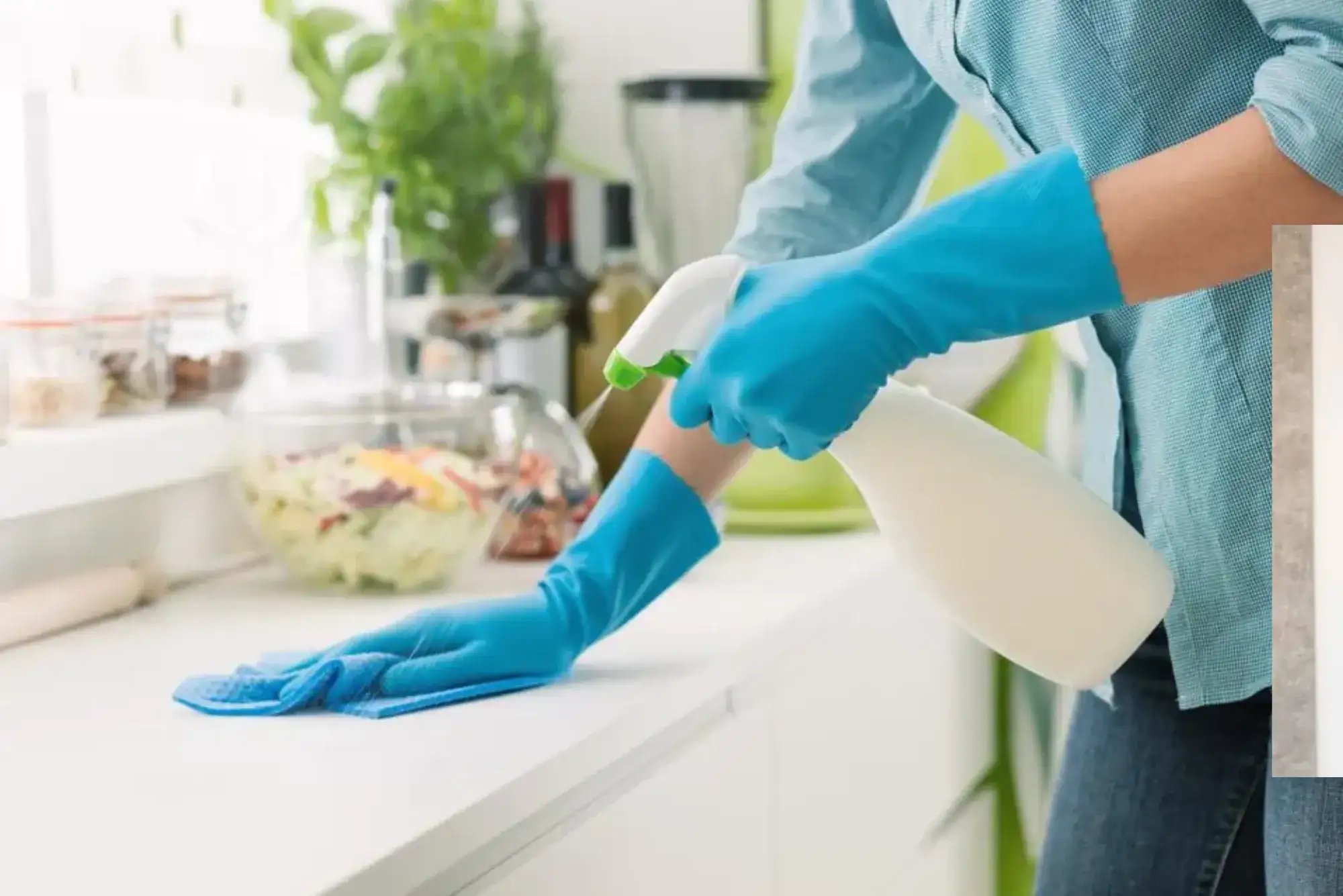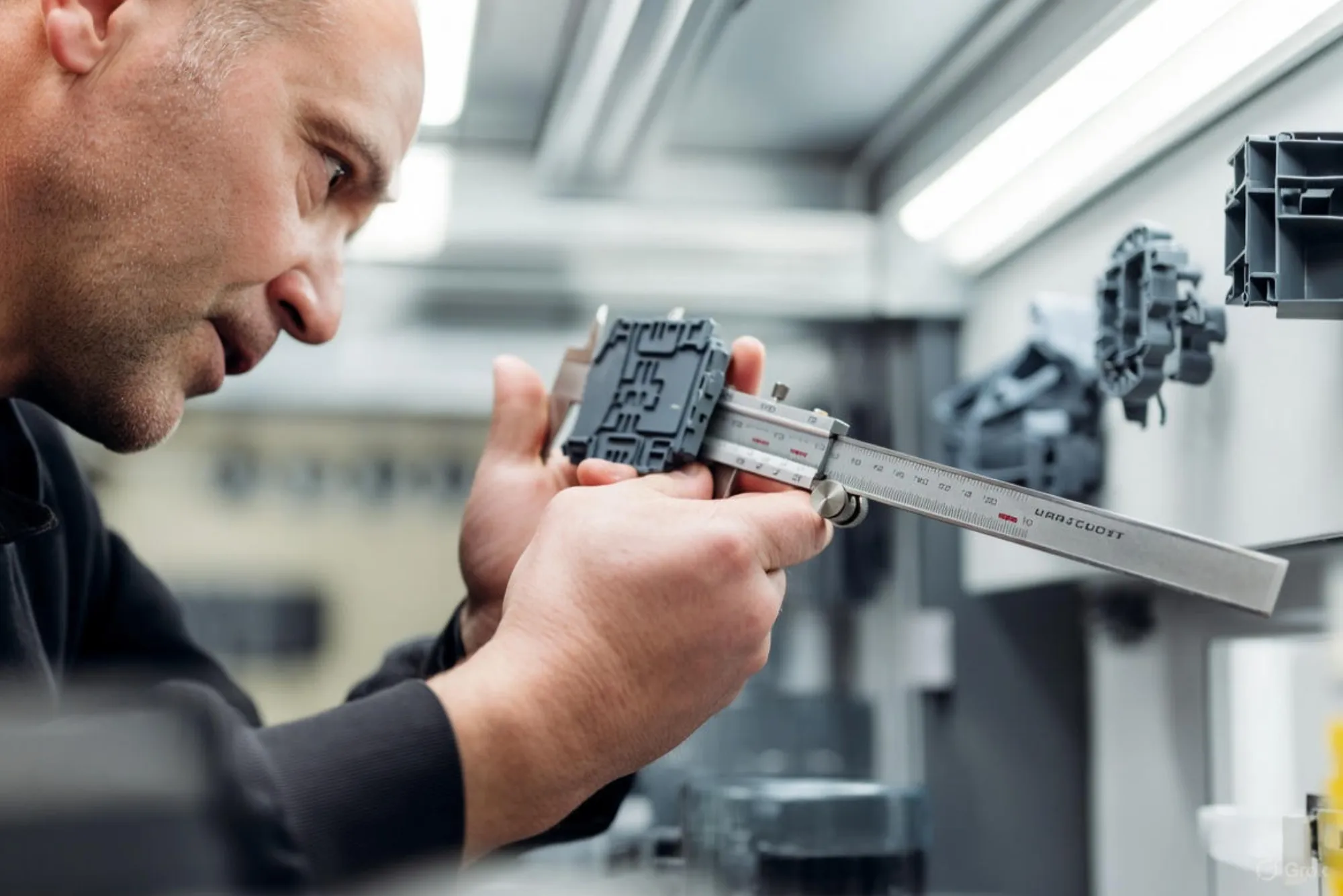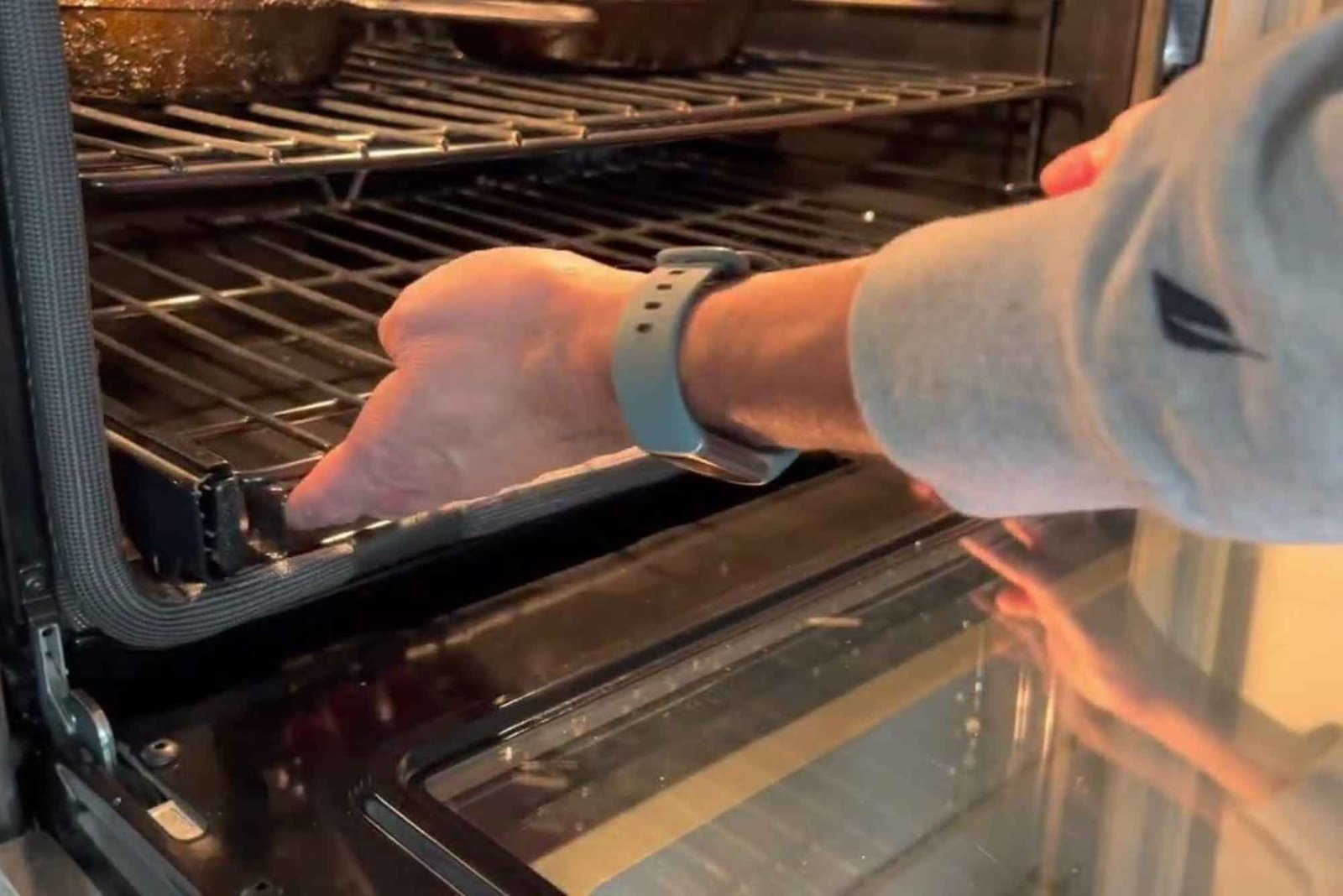After a hearty meal, cleaning up is often a necessary yet overlooked task. But beyond just tidying the kitchen, it’s essential to thoroughly sanitize your space to remove bacteria, grease, and foodborne pathogens. Learning how to properly sanitize a kitchen after cooking ensures a clean, safe environment for food preparation while keeping your appliances and surfaces in top condition.
Importance of Sanitizing a Kitchen
Regularly sanitizing your kitchen comes with several benefits, including:
- Germ Elimination: Removes harmful bacteria and viruses.
- Preventing Cross-Contamination: Reduces risks of spreading raw foodborne pathogens.
- Enhanced Appearance: Keeps your kitchen shiny and well-maintained.
Steps to Sanitize a Kitchen After Cooking
Follow these simple, effective steps to ensure your kitchen is spotless and germ-free after every meal.
Step 1: Declutter the Space
- Remove food scraps, utensils, and pans from countertops.
- Empty the sink and dishwasher of dirty dishes.
Step 2: Clean Surfaces Thoroughly
For effective cleaning, use warm, soapy water to wipe down countertops, cutting boards, and other surfaces. Ensure you get into corners and edges where crumbs may accumulate.
Step 3: Disinfect High-Touch Areas
Pay special attention to frequently used areas such as cabinet handles, faucet knobs, and appliance buttons. Use a kitchen-safe disinfectant spray or a diluted bleach solution (1 part bleach to 4 parts water).
Step 4: Clean Kitchen Appliances
After cooking, appliances like the stove and refrigerator often accumulate grease or spills.
- Clean stovetops, knobs, and burners thoroughly with a degreaser to remove residues.
- For better performance and hygiene, consider scheduling a Fridge Repair service to ensure your appliance runs efficiently.
Step 5: Tackle Floors
Mop the floor using a mixture of white vinegar and warm water to remove grease and stains. Don’t forget to wipe skirting boards where dust collects.
Step 6: Dispose of Garbage
Always empty bins after cooking and use a fresh bag before the next meal prep. This prevents unpleasant odors and minimizes germs.
Eco-Friendly Sanitizing Options
Eco-friendly alternatives not only help sanitize a kitchen after cooking but also lessen negative environmental impacts.
Eco-friendly solutions include:
- White Vinegar – A natural disinfectant that kills bacteria and odors.
- Baking Soda – Removes stubborn grease and stains effectively.
- Lemon Juice – Cuts through grease and leaves a fresh, citrus scent.
When choosing a professional service, look for eco-conscious options that use green cleaning products to sanitize your kitchen.
Professional Kitchen Cleaning Services
For deeper cleaning or a busy household, hiring professional services can save time and ensure your kitchen meets hygiene standards.
Key Benefits of Professional Cleaning
- Deep Cleaning: Experts tackle hidden grease and grime that DIY methods may miss.
- Time-Saving: Perfect for families with tight schedules.
- Comprehensive Care: Cleaning services often complement repairs, like Stove Repair, enhancing overall kitchen functionality.
What Services Are Offered?
Professional cleaners typically offer a wide variety of services, such as appliance care, grout cleaning, disinfecting surfaces, and degreasing cabinets.
Cost Factors to Consider
The cost of professional cleaning varies based on several aspects, including:
- Kitchen Size: Larger spaces require more time and resources.
- Service Frequency: Regular maintenance vs one-time deep cleaning.
- Additional Needs: Bundling sanitization with appliance services like Fridge Repair can be economical but may increase overall costs.
While it may seem like an additional expense, investing in professional cleaning and repair services ensures a long-lasting, functional kitchen.
Tips for Selecting the Right Service
To choose the best cleaning professionals, keep these pointers in mind:
- Experience: Look for businesses with a proven track record in sanitizing and maintaining kitchens.
- Eco-Friendly Practices: Support companies that prioritize green cleaning solutions.
- Service Packages: Opt for companies offering bundled services, including tasks like Stove Repair, for better value.
- Transparent Pricing: Clarify costs upfront to avoid surprises.
- Customer Reviews: Positive testimonials can speak volumes about a company’s reliability and expertise.
Final Thoughts
Proper hygiene in your kitchen starts with knowing how to sanitize it effectively after cooking. By combining eco-friendly DIY techniques with professional cleaning and appliance repair services like Fridge Repair, you ensure a safe, functional, and inviting space. Make sanitizing a kitchen a regular routine to enjoy a cleaner, healthier cooking environment.
Meta Title
How to Sanitize a Kitchen After Cooking?
Meta Description
Learn how to sanitize a kitchen after cooking with step-by-step tips, eco-friendly methods, and professional services. Keep your kitchen spotless and germ-free!




